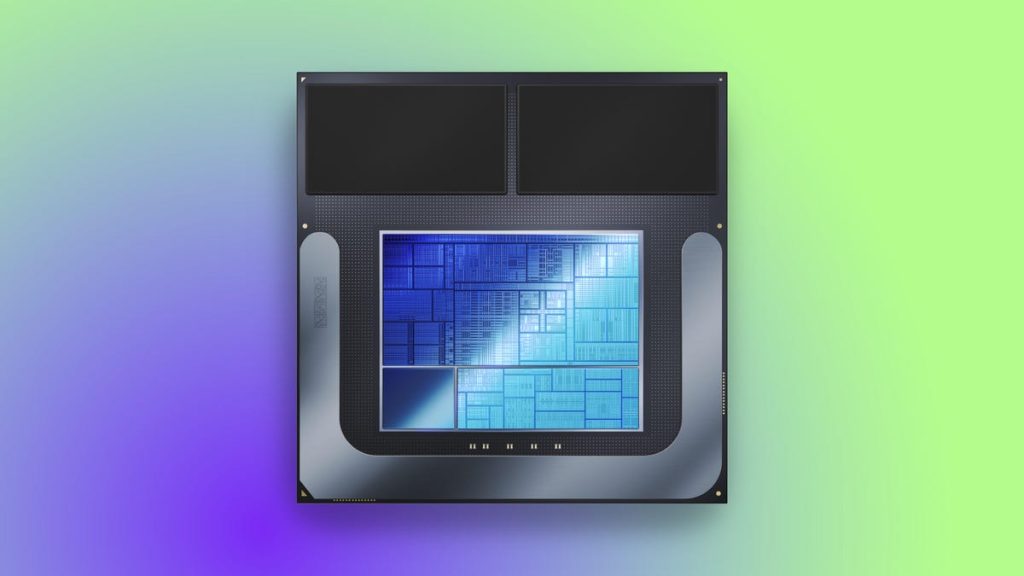Intel has provided a detailed look at its next-generation CPUs for thin-and-light “AI” laptops, although laptops with Lunar Lake-architecture chips are not expected until at least July. The new Lunar Lake chips are the successor to the Core Ultra chips, with notable updates and optimizations. The graphics architecture features new Xe 2 graphics (Arc) with XMX engines to handle matrix math for AI acceleration. Intel claims significant improvements in gaming performance and efficiency, making laptops incorporating these chips potentially Microsoft Copilot Plus PC-ready.
The internal connections of the Lunar Lake chips have also been updated, with support for VESA Adaptive-sync and power-saving optimizations. A new 8MB memory-side cache improves battery savings during encoding, and the addition of the VVC codec provides optimized streaming capabilities. The CPU features updated Performance and Efficient cores, boosting performance and power efficiency for better battery life and CPU performance on battery. The new controllers use AI to adapt dynamically to changes in heat, allowing for higher power operation for longer periods.
The Lunar Lake architecture is designed with a Compute Tile for performance and efficiency, while security and connectivity components are housed in a Platform Controller Tile on the package. This design allows for scalability, potentially enabling the stacking or linking of multiple compute tiles for more powerful laptops. In contrast to Apple’s approach of using arrays of lower-end chips for higher-end processor variations, Intel’s architecture aims to provide smarter scalability and support for more ports without unnecessary components.
Intel has also announced the Xeon 6 processor, offering E-core-only options for higher density rack mounted arrays with lower energy consumption and cost. These processors cater to data center and workstation needs, providing options for higher density and lower power requirements at a more affordable price. Overall, Intel’s Lunar Lake architecture showcases advancements in graphics, performance, efficiency, and scalability, positioning it as a competitive option for AI laptops and other thin-and-light devices. The chips are expected to be available in laptops in time for the holidays, potentially setting a new standard for performance and capabilities in the market.


